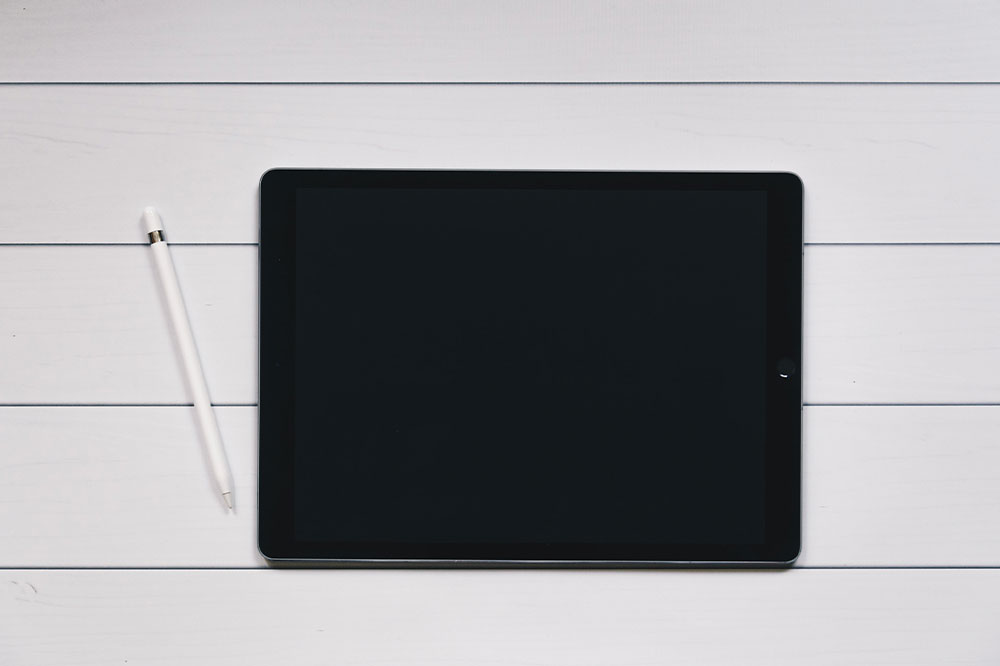The Ultimate Guide to Choosing the Best Drawing Tablets for Digital Artists
Discover our comprehensive guide to the best drawing tablets suited for every level of digital artists. From beginner-friendly options to professional-grade devices, learn how to choose the right tool based on size, pressure sensitivity, display quality, and more. Elevate your digital art with the perfect tablet tailored to your needs and skill level. Start creating stunning artwork today with expert-recommended devices and tips to optimize your workflow. Make informed decisions and unleash your artistic potential in the digital realm.

The Ultimate Guide to Choosing the Best Drawing Tablets for Digital Artists
In the rapidly growing world of digital artistry, selecting the right drawing tablet is a vital step for any creative professional or enthusiast. With an array of options available ranging from beginner-friendly devices to high-end professional tools, understanding key features is essential to make an informed choice that elevates your art. Whether you're a novice looking to experiment or a seasoned artist seeking precision and advanced features, this comprehensive guide will help you navigate the landscape of digital drawing tablets, ensuring you find the perfect match for your artistic needs.
Digital drawing tablets have revolutionized the creative process, allowing artists to work with unparalleled precision, flexibility, and efficiency. These devices emulate traditional drawing tools but also introduce innovative features that open new avenues for expression. As technology advances, the capabilities of these tablets have expanded significantly—from high levels of pressure sensitivity to customizable controls, incredible display quality, and seamless integration with various software platforms. So, what should you look for when choosing a drawing tablet? Here, we delve into the core features and popular models to help you decide.
Key Features to Consider When Choosing a Drawing Tablet
Size of the Drawing Surface: Choosing the right size depends on your workspace and the type of artwork you'll create. Tablets with screens ranging from 8.5 inches to over 16 inches provide ample room for detailed work and comfortable navigation. Smaller tablets (around 8-10 inches) are portable and ideal for travel or quick sketches, while larger screens (12 inches and above) are preferred for complex illustrations and professional projects.
Pressure Sensitivity Levels: This feature determines how responsive the tablet is to pen pressure, affecting line thickness and shading. Entry-level models typically have 1024 pressure levels, suitable for beginners. Professional-grade tablets offer 4096 levels or higher—up to 8192—providing nuanced control that closely mimics traditional media and allows for detailed shading and line work.
Pen Responsiveness and Tilt Functionality: A responsive pen that supports tilt sensitivity enhances the natural feeling of drawing. Vertical and tilt variations impact brush strokes, enabling more dynamic and realistic effects.
Build Quality and Ergonomics: Comfort during extended use is crucial. Look for lightweight, durable devices with ergonomic pens that reduce fatigue, especially during long creative sessions.
Customizable Controls and Shortcuts: Many tablets feature programmable buttons and touch rings, allowing artists to set frequently used shortcuts, saving time and improving workflow efficiency.
Display Quality and Resolution: For tablets with screens, high resolution (Full HD or higher) and vibrant color accuracy are essential for visual fidelity. Features like anti-glare coatings can reduce eye strain.
Compatibility with Software and Operating Systems: Ensure your chosen device integrates seamlessly with your preferred graphic programs such as Adobe Photoshop, Illustrator, CorelDRAW, or Procreate.
Popular Drawing Tablets in the Market
Below are some of the highly recommended options catering to different skill levels and budgets:
Wacom Intuos Series: Known for reliability, Wacom offers models like the Intuos Pro with 8192 pressure levels, providing professional-grade features in a sleek design. It’s suitable for artists who require precision and customizable controls, making it a favorite among professionals.
Wacom Intuos Draw: Ideal for beginners, this model delivers 1024 pressure levels on a compact tablet, offering an affordable entry point into digital art without sacrificing quality.
Samsung Galaxy Tab S Series (e.g., Galaxy Tab S8 Ultra): These Android tablets with high-resolution displays and S Pen support are perfect for artists who seek portability and versatility, enabling drawing, note-taking, and media consumption in one device.
XP-Pen Artist Series (e.g., Artist 22E Pro): Featuring large screens, high color accuracy, and competitive pricing, XP-Pen tablets are a strong choice for hobbyists and semi-professionals looking for studio-quality features.
Apple iPad Pro: Equipped with Apple Pencil, this iPad offers exceptional performance, an ultra-responsive display, and access to a wide range of creative apps, making it an all-in-one device for artists on the go.
Ugee M708 and Ugee 1910B: Affordable options with good sensitivity levels and large work areas, suitable for students and emerging digital artists.
How to Choose the Right Drawing Tablet for Your Needs
Start by assessing your skill level and artistic goals. For beginners, affordability, portability, and ease of use are key factors. Devices like Wacom Intuos Draw or Ugee tablets provide excellent entry points. Intermediate users who want more control and workspace can opt for models like XP-Pen Artist or Samsung Galaxy Tab S series. Professional artists and studios may prefer high-end options like Wacom Intuos Pro or iPad Pro, which offer unparalleled precision, color accuracy, and software compatibility.
Consider your budget and whether you need a standalone device with a screen or a pen tablet that connects to a computer. Screenless tablets require pairing with a computer, which can add to the overall cost, but they often provide a more traditional drawing experience. Conversely, standalone tablets with integrated displays offer more flexibility and mobility but tend to be more expensive.
Final Tips for Making Your Decision
Research models based on your specific needs, whether for hobby, education, or professional art production.
Read reviews and watch user videos to understand real-world performance and durability.
Check compatibility with your existing hardware and software ecosystem.
Consider future-proofing—upgrading to higher sensitivity levels or larger screens as your skills advance.
In conclusion, the right drawing tablet can significantly enhance your creative workflow and help you produce stunning digital artwork. By understanding the key features, exploring popular models, and assessing your personal needs and budget, you can find a device that serves as the perfect partner in your artistic journey. Dive into the world of digital drawing with confidence and start creating masterpieces today!




